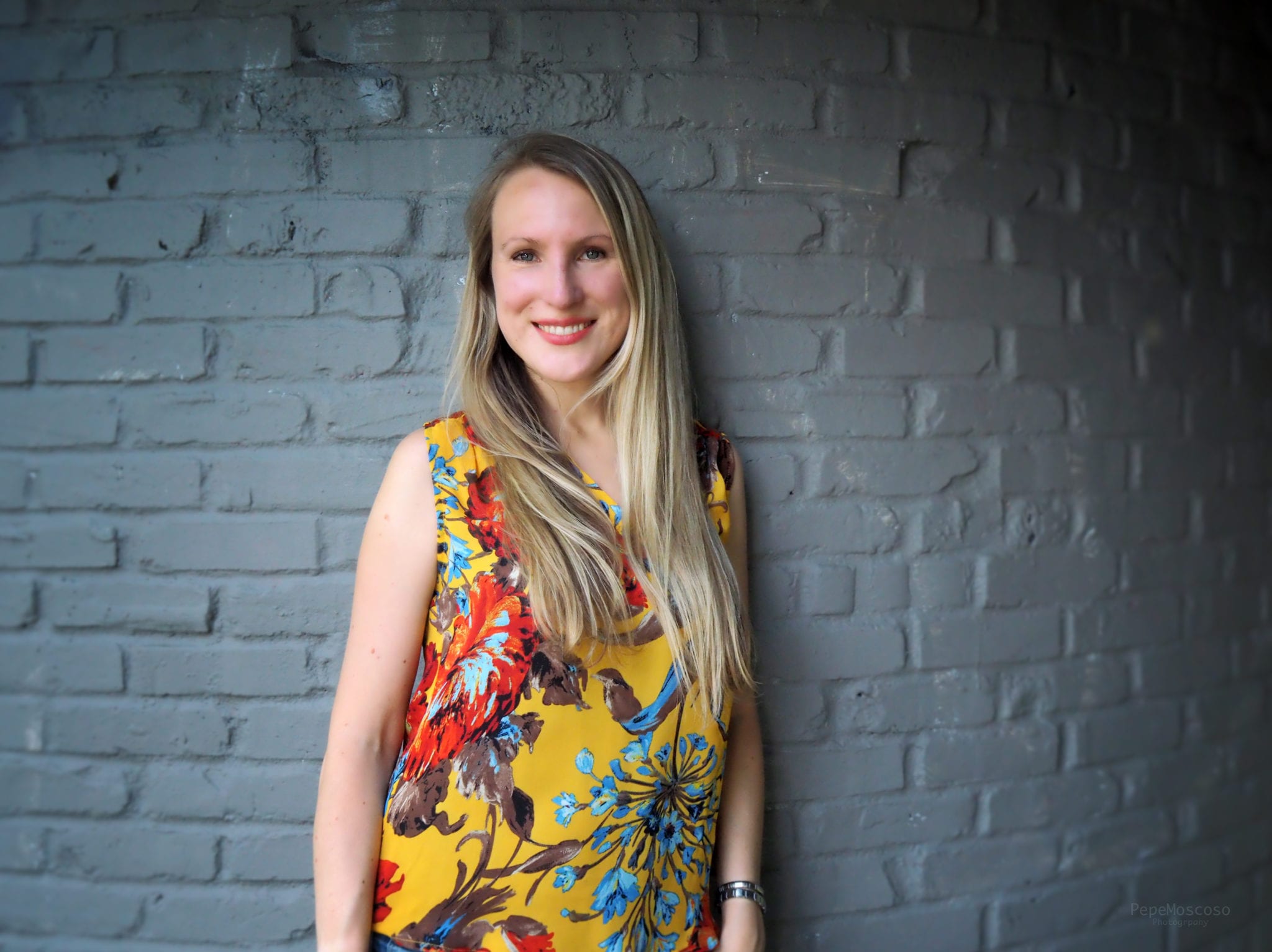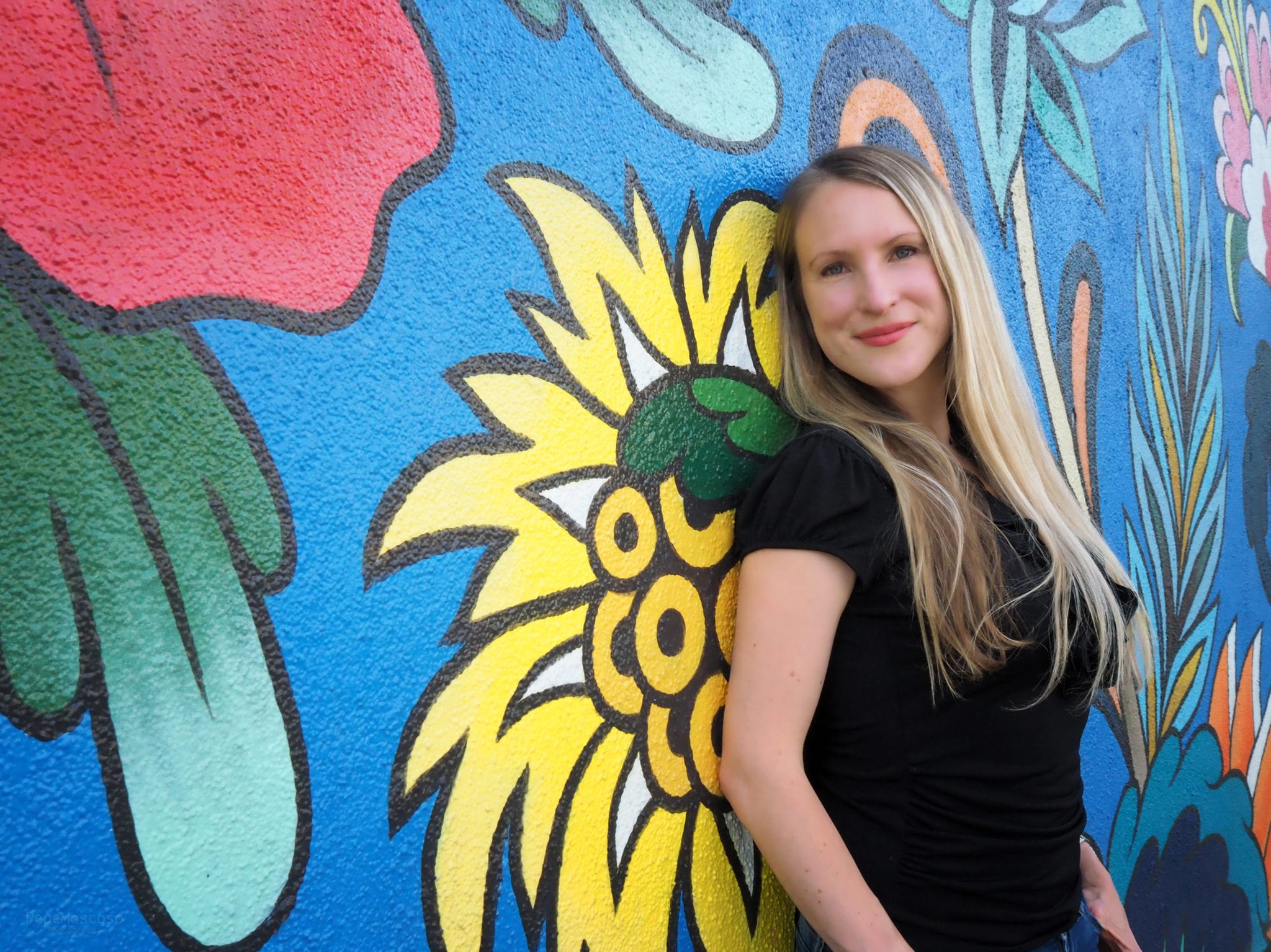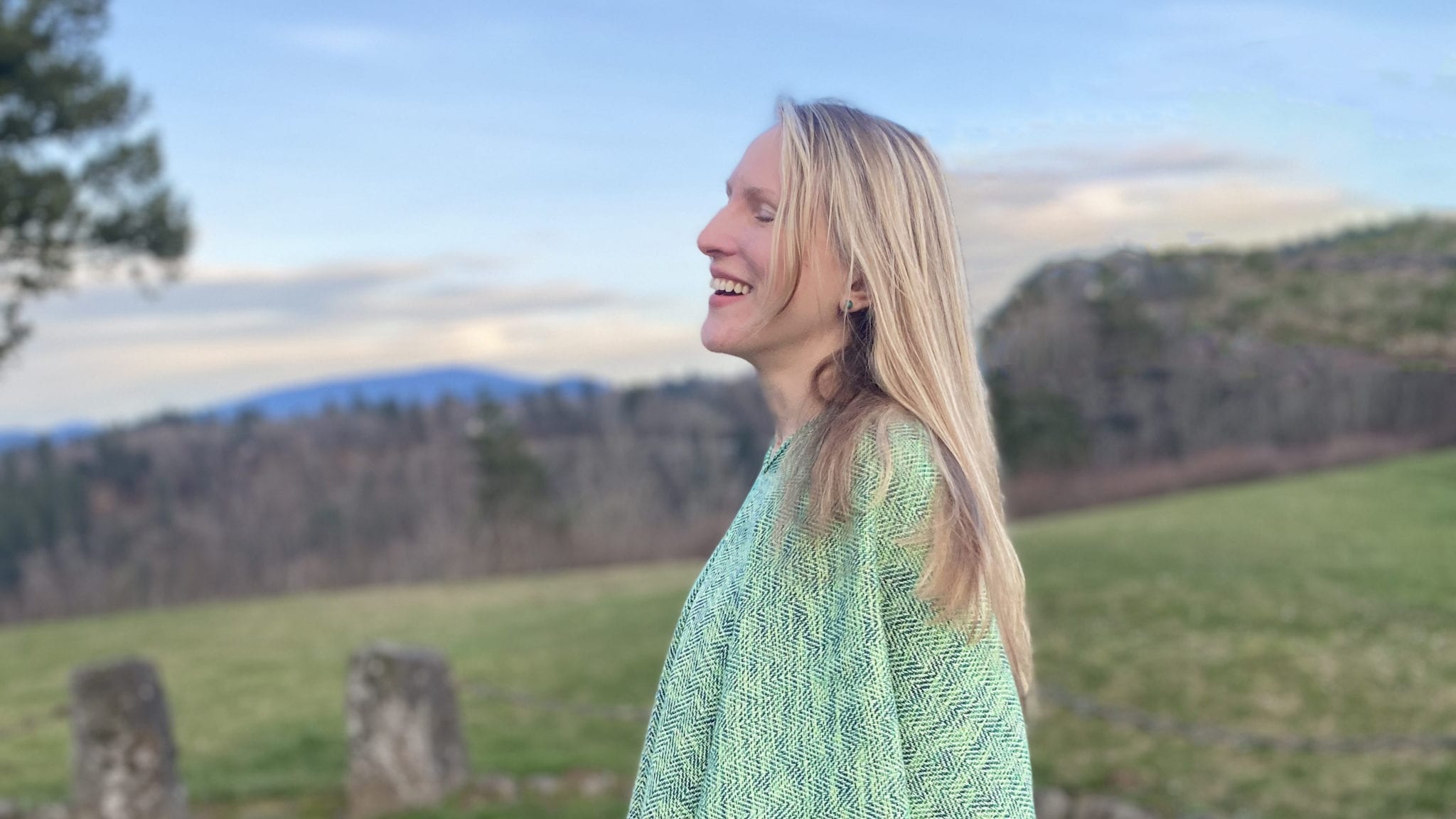Meet Mariel Alvarado of CommunicArte

Oakland, California is where my story starts in the mid-80s, where I born to a Polish-American mother that left the mid-West for sunnier California, and to a Venezuelan father that was studying holistic health on scholarship. They met in an Indian ashram, and within a week, they fell in love and departed for Venezuela to attempt a life there. Plans changed, and they quickly returned to California, I was born, and we spent four relatively happy years in the Bay Area. We lived humbly, but we were happy. We moved to Portland, Oregon in 1988 after close friends encouraged us to come north. Portland is the city I will always call home. Despite living abroad and moving to the East Coast to make a life in NYC, I always returned to Portland. For so long I resisted the thought of living in Portland long-term, but as time has passed, I think this is the city for me.
That being said, my identification with my Venezuelan culture and the years I lived and traveled abroad in Latin American have been equally as important to my personal and professional formation as Portland has been. Freshly graduated from Lewis & Clark College with a double major in Psychology and Hispanic Studies, I had the vague desire to “be of help” and live in Latin America, so I applied to the Peace Corps. Six months later, I was on a plane to Nicaragua to train as a Community Health Educator and live for 24 months in San Sebastian de Yalí, a small semi-urban village nestled In a valley between lush, green mountains. In my official role, I taught sexual and reproductive health education classes to high school students, and nutrition classes to pregnant women. We also organized activities and festivals about HIV/AIDS prevention. It’s important to note that I learned even more outside of my official educator role by listening to and learning from my community. I immersed myself in Yaleño culture by watching Nicaraguan matriarchs make sopa de gallina con albondigas (chicken soup with meatballs), playing soccer at night with my teenager male buddies in the concrete plaza, and exploring the hills and rural communities that surrounded the town with the high schoolers I taught during the week.
Upon my return to Portland, I still had the desire to be of service. During four years, I worked in direct service at Planned Parenthood, and at a local rape crisis center, the Sexual Assault Resource Center. I worked closely with men, women, and youth of many backgrounds, cultures, ages, socioeconomic statuses and abilities. My experience as a middle class, straight, cis-gendered, white Venezuelan young woman with little experience of firsthand trauma oftentimes didn’t mirror that of the people I worked with. I think my innate desire to listen to understand, and my genuine interest in their experience was what allowed me to connect with the people I supported, and to do my job well, despite the differences between us.
And then in 2013, I surprised everyone by making a career shift into graphic design. (I promise it will all make sense – keep reading on!) I deeply loved the field work I was doing but after years of not taking care of myself and overpromising my time, the burnout was real. I realized a long-term career in public health was not sustainable. I set out to be the graphic designer behind non-profits and global health organizations to the end I could still exercise my support of social justice, but from a different angle. And that is the journey I have been on these past seven years.
I’d say the beginning was smooth. Straight out of design school, I scored a graphic design job in New York City—a contract position for a medium-sized international aid non-profit. I was working two blocks away from the Empire State Building and had an apartment uptown in the Puerto Rican capital of Manhattan. I was living my dream. Shortly after I returned to Portland, I started to build up a portfolio of work for local health non-profits, large development and educational institutions on the East Coast, and grassroots organizations abroad. I deeply missed the wealth of large advocacy organizations on the East Coast and I also think I was frustrated by the dearth of international development work in Oregon. I envisioned leading a small studio that provided design consulting services to global health organizations based on the East Coast and abroad.
The struggles appeared later on, I’d say, when I went solo and started building the design company I envisioned. I have been working as an independent designer for only two years, so I have to accept that these struggles are part of the process.
Most recently, in a post-COVID world, my workload is ebbing and flowing at a different rhythm. There are times when I have no work. It’s unnerving. I have been challenged to ask myself how I can transform as a designer and health communicator. I think a lot of independent professionals are grappling with similar issues and working to evolve in this changing economy and climate. My journey as a designer and health professional hasn’t followed a straight line. Rather, I have been on a sinuous path and I suspect I’m still in the beginning. When I connect the dots backward is when I’ll be able to see the larger significance of all my professional and personal experiences.
My independent design LLC is named CommunicArte. It’s a mashup of words in English and Spanish (communication, community and arte) and it loosely translates to “communicate yourself” in Spanish. I work by myself as a graphic design consultant for established non-profits, large development institutions, and grassroots organizations abroad. I provide services in print and digital design, brand identity, email marketing, and social media. My clients work in healthcare and health promotion, economic empowerment of small businesses, and social justice and human rights advocacy. I have a particular passion for supporting my Venezuelan community in Portland and abroad through social media marketing and educational toolkits in their efforts to re-establish democracy. My experience in public health informs me every day as a designer, and it is no surprise I have a particular interest in the intersection of health access, technology, and the social determinants of health. I’m currently developing my skills in medical interpretation and translation (English/Spanish) and hope to soon add that as a service within CommunicArte.
My heart is really in the work I do with the larger Latinx community in Portland. I’m probably most proud of my social impact project “¡Buen Provecho! A Local’s Guide to the Portland Mercado.” It’s a fun project that uses storytelling to increase visibility and patronage of the Portland Mercado, a hub of POC and Latinx-owned food carts and small businesses. ¡Buen Provecho! started out as a printed dining passport (a.k.a. coupon incentive program) in 2017 when dining passports were starting to be a ‘thing’ in Portland. I hit a lot of roadblocks in the process and had to completely pivot and move the project entirely online in 2019. For the time being, the vendor interviews and content live on the website and are accessible by scanning the unique QR codes that are posted at the participating Portland Mercado businesses. My dream is to expand and update the content and convert the passport coupon booklet into an app, but I’m still waiting for that partnership to appear. (Note to Buzz Magazine: you can list the project website: https://www.buenprovechopdx.com)
My number #1 marker for success is community acceptance and investment. My Peace Corps service taught me that only when your audience/community is personally invested and excited about a project, product, design, anything—can it be considered successful. It’s also a beautiful thing when you see or hear about some change in behavior or perspective as a result of a project you’ve worked on.
I value collaboration and working with diverse perspectives. Working on a warm, racially and culturally diverse team built on trust has helped me ensure my work is accessible and meaningful to others. I find that when I work on a team of sincere, intelligent people, I reflect those qualities with a deeper magnitude, and the work is pure enjoyment.



